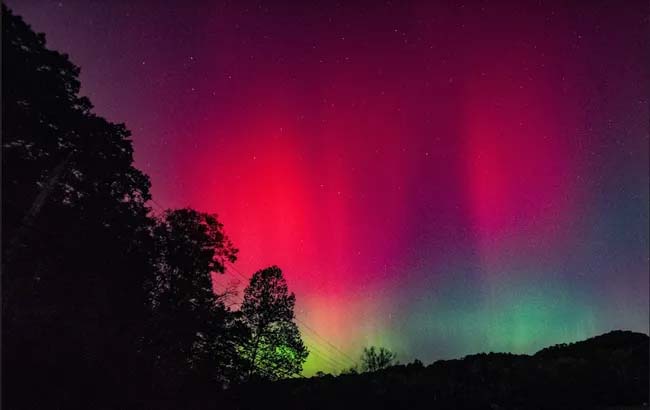The science: You may have more opportunities to see supercharged auroras in the next few months, thanks to our very active sun. Solar activity waxes and wanes in an 11-year cycle. Experts say the current cycle, known as Solar Cycle 25, began in December 2019 and is still in its maximum phase. Currently, we’re about two years into the maximum period, so we’re really looking at another year of the maximum phase before we enter the decline phase, which will take us back to the solar minimum,” Lisa Upton, co-chair and lead scientist of the Solar Cycle 25 Prediction Panel at the Southwest Research Institute in San Antonio, Texas, said in a press conference Tuesday (Oct. 15).
Each solar cycle features a rise and fall in the sun’s natural magnetic activity, as well as the number of sunspots that develop. Sunspots, which are relatively cool and dark areas on the face of our star, are produced when the sun’s magnetic field is disturbed. Sunspots serve as launch pads for solar flares, powerful explosions that shoot high-energy light out into space. Flares are often accompanied by coronal mass ejections (CMEs), huge blasts of magnetic field and plasma that can generate geomagnetic storms when they hit Earth. These storms can fuel auroral displays, as was seen around the world last week. People in the 19th century noticed these. But they can also have negative effects, disrupting power grids on Earth and affecting astronauts and satellites in space. According to Upton, solar cycle 25 features a more prominent maximum phase than its predecessor, but it is still considered a minor cycle by forecasters.
